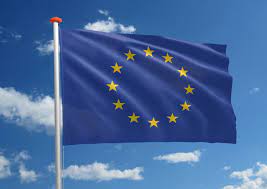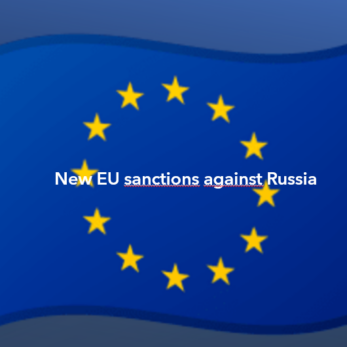On 7 December 2020, a package of 21 decisions was adopted by the Council of the EU to increase trade between the European Union and neighbouring countries in the Pan-Euro-Mediterranean region. As a result of these decisions the EU and 20 trading partners in the region will update their free trade agreement by modernising the rules of origin, to make them more flexible and business-friendly.
The target date for the adoption of these amendments and their entry into force is 1 September 2021.
The new rules, which are the result of ten years of negotiations, will apply alongside those of the Regional Convention on pan-Euro-Mediterranean preferential rules of origin (PEM Convention), pending the review of the Convention, which is currently under way.
Rules of origin: why do they matter?
‘Rules of origin’ are necessary under any trade agreement because they determine which goods can benefit from preferential treatment. The ‘origin’ is the ‘economic nationality’ of the goods traded. Origin procedures ensure that customs authorities can verify the origin of a good and allow businesses to prove the origin of their goods. When all the necessary requirements are met, goods with preferential origin are eligible to be imported with lower duty rates, or even a zero rate, depending on the preferential tariff treatment. Rules of origin prescribe the requirements that products need to meet to benefit from preferential treatment, such as minimum local processing, contents or value added.
What is the objective of the new rules? What will the main benefits be, as compared to the current situation?
The objective of today’s new rules is to modernise and update the rules of origin contained in the EU’s preferential trade agreements with countries in the Pan-Euro-Mediterranean (PEM) region, by making them more flexible and user-friendly. The aim of this is to promote economic integration and facilitate trade in the area.
Some of the benefits of the revised rules of origin:
- One of the main new elements of today’s package is that the operations or ‘value-added’ necessary for a good to be entitled to preferential origin can be split between several countries applying the revised rules for most of the products. This is called “full cumulation”, and facilitates the integration of supply chains within the PEM zone.
- The rules applicable to specific products will also be made more flexible and easier to meet: the thresholds for the use of non-originating materials or components will be increased, and, for most products, the current prohibition of duty-drawback will be lifted. Therefore, duties paid on imported components incorporated in exported products can be reimbursed. This will promote the competitiveness of EU exporters.
- Other improvements will be in the area of logistics, where the current “direct transport” rule, which makes it very difficult for goods transiting a foreign country to maintain their preferential origin, will be replaced with a more flexible “non-manipulation” rule. In the area of customs procedures, issuing the proof of origin will be facilitated, as it can be established that the exporters’ statements of origin, or the electronic issuance and presentation of origin proofs are accepted.
What happens to the Regional Convention on pan-Euro-Mediterranean preferential rules of origin (PEM Convention)?
The pan-Euro-Mediterranean Convention on rules of origin aims at establishing common rules of origin among the EU and the 24 countries in the PEM zone (EFTA, Turkey, Western Balkans, Eastern Partnership countries and Mediterranean countries).
The PEM Convention will remain in full application among all PEM Contracting Parties, as is currently the case. However, business and industry will have the option to apply the new rules for the goods they trade rather than the current PEM ones, whenever this suits them. Their use is therefore an additional possibility, and not an obligation.
These rules will therefore apply as rules alternative to those of the PEM Convention pending the finalisation of the review process of the PEM Convention which has been going on since 2012.
Economic operators will be informed of the possibility to use these new rules of origin by the Commission and by competent national authorities.
How will the new rules facilitate the economic development of countries in the region?
The revised rules will enable countries in the Southern and Eastern Mediterranean to export more easily to the EU under trade preferences, and vice-versa. The more flexible cumulation rules will also facilitate economic integration and the consolidation and development of integrated supply chains within the countries of the region applying them.
Sources:
https://ec.europa.eu/commission/presscorner/detail/en/qanda_20_1516


